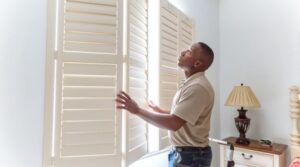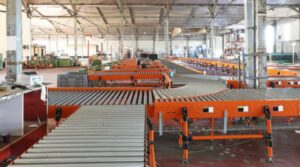
Vinyl siding is a durable and low-maintenance option for your home’s exterior. However, like any material, it has a lifespan, and there comes a time when you need to consider replacing it. In this article, we’ll explore the signs that indicate it’s time to replace vinyl siding and the key factors to consider when making this decision.
Signs it’s Time to Replace Vinyl Siding
- Fading and Discoloration:
Over time, exposure to the sun’s UV rays can cause vinyl siding to fade and lose its vibrant color. If your siding has become noticeably dull or discolored, it might be time to replace it to refresh your home’s appearance.
- Cracks and Warping:
Cracks, gaps, and warping in the vinyl panels can occur due to extreme temperature fluctuations or physical damage. These issues not only compromise the aesthetic appeal but can also allow moisture to seep in, leading to further damage.
- Mold and Mildew Growth:
Persistent mold or mildew growth on your siding could indicate that moisture is trapped beneath the surface. While cleaning can help temporarily, if the growth returns repeatedly, it might be a sign of underlying moisture issues that necessitate replacement.
- High Maintenance Requirements:
Vinyl siding is known for its low maintenance requirements. If you find yourself constantly repairing or cleaning the siding, it could be more cost-effective in the long run to replace it with a newer, more durable option.
- Visible Damage from Hail or Storms:
Severe weather events like hailstorms can cause visible damage to vinyl siding, including dents, cracks, or holes. If your siding has sustained significant damage, it’s wise to consider replacement to restore your home’s protection and aesthetics.
Factors to Consider When Replacing Vinyl Siding
- Budget:
Replacing vinyl siding involves costs for materials, labor, and potentially disposal of the old siding. It’s important to set a budget that considers these factors and explores different siding options that align with your financial resources.
- Type of Replacement:
You can choose to replace only the damaged sections or opt for a complete overhaul. Partial replacement might be more cost-effective, but if the siding is nearing the end of its lifespan, a full replacement could be a better long-term investment.
- Siding Options:
When you replace vinyl siding, you have the opportunity to explore different materials and styles. Consider factors such as the climate in your area, maintenance requirements, and the aesthetic appeal that you’re aiming for.
- Professional Assessment:
It’s recommended to have a professional siding contractor assess the condition of your existing siding. Their expertise can help you determine whether replacement is necessary and guide you in making the right choices.
Conclusion
Recognizing the signs that it’s time to replace your vinyl siding is essential to maintaining your home’s appearance, protection, and value. By carefully evaluating the condition of your siding, considering your budget, and exploring replacement options, you can make an informed decision that ensures your home’s exterior remains in optimal condition for years to come.







